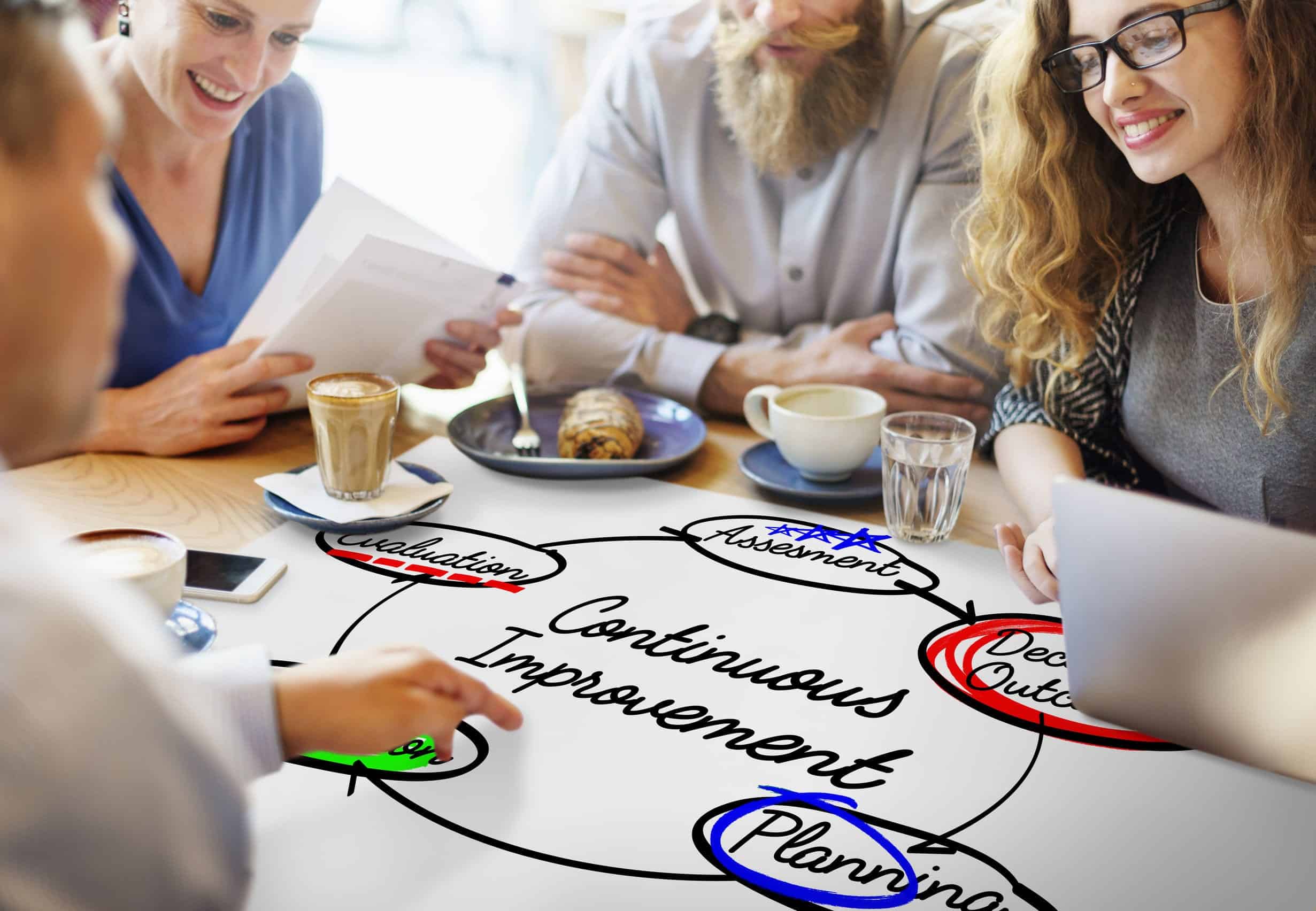Business is evolving faster than ever. Things can change from one moment to the next. How do you stay ahead of the change and become great at your profession? Using the following three stages of continuous improvement will enable you to improve your current skills and keeps your contributions high. These are particularly important for employees with longer tenure of 5 or more years.
At times, many people will become apathetic and spend each day doing the minimum to get by. They lose their motivation to make a difference and stop bringing value to the organization. At its worst, some people hold on to grudges for years and purposefully undermine the organization at every opportunity. How can you avoid falling into this trap of disengagement and poor performance?
Because we are working in a knowledge-based economy tenure has high-value to organizations. The higher the tenure the higher the opportunity for complacency and stagnation of skill development. This happens because your exposure to other ways of accomplishing results is limited to how your organization does things. If you believe the saying “what got you here won’t get you there”, you already have the internal awareness that you need to keep current in your field. Avoid complacency and stagnation by being internally driven to improve and stretch your skills using the three stages of continuous improvement.
Three Stages of Continuous Improvement
Continuous improvement is an everlasting cycle of learning, trying, reflecting, refining and sharing. Deliberately putting forth the effort to work on your own knowledge and skills helps you avoid the complacency and stagnation trap.
Immersion Exposure
Becoming immersed in your field through reading, podcasts, magazines, and blogs. Webinars and conferences are other ways to immerse yourself in your field. Conferences are great because they provide opportunities for networking and real-time knowledge share. There are countless resources out there that have learning videos. Using these resources effectively will expose you to ideas and practices that other people are doing successfully.
During the immersion stage, it is important to take notes because you will use them in the next stage. While these resources will expose you to other peoples experiences they will help you with ideas that will apply to your role. Ultimately you will choose your own learning path just don’t discount what’s been tried before even if it didn’t work previously.
Encourage Innovation
After you have collected your ideas from the first stage, start finding ways to experiment with them in real-world situations. You may have to adapt or tweak the ideas to fit your context. The goal in the encourage innovation stage is to validate your learnings by trying, testing and observing the impact. To evaluate the impact of implementing your ideas ask these questions:
- How did they respond when ( )?
- What happened when you did or said ( )?
- How did the environment or participation change when ( ) was done?
- How has my ability to perform or execute my role by doing ( ) changed?
Reflect and Inform
The goal for reflecting and inform is to understand what you learned and how it applies in your context. The best way to learn is to teach. When you try something new and it made a difference share that with your peers and colleagues. To do this you can create a presentation, take it to a discussion forum or simply engage peers in a conversation about the ideas. Communicating your continuous improvement journey is extremely helpful for your self-development. Albert Einstein said if you cannot explain it simply you do not understand it well enough.
We can always learn more. There is no shortage of information and our access to that information has never been greater. Following the three stages of continuous improvement will help keep your skills current, expose you to new ways of doing or seeing things, prevent stagnation and ensure continued growth by stretching your skills.
Last updated on January 5th, 2019 at 07:10 am


